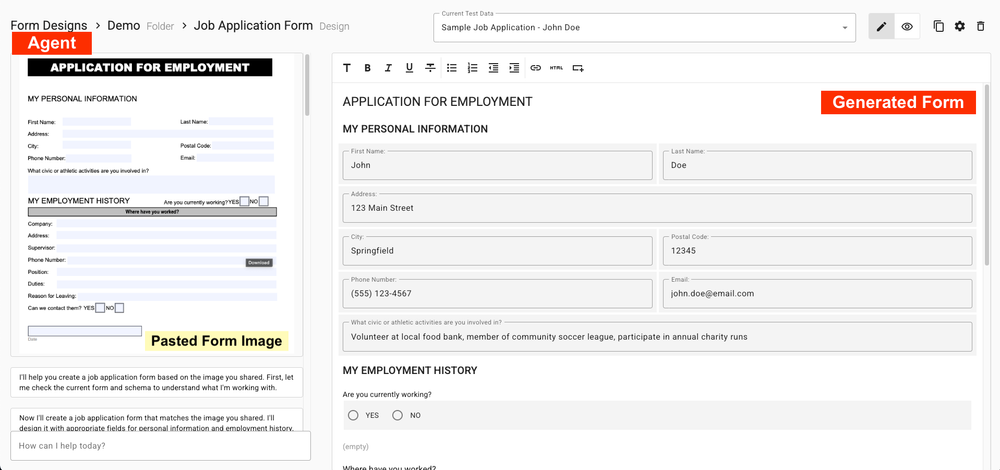Want to see some magic?
When I started using Apex Forms I was quickly impressed with how quickly it allowed users to craft user interfaces from scratch. Then I was amazed by how it could turn a IBM BAW Process Application into a new, fully customizable user interface by itself. But that was just the beginning. For its next trick, our team has extended Apex Forms so it can create an entire Information Model in minutes.
What does this mean?
It means that your business experts can easily take their current knowledge of your company’s processes and concepts and turn them into a completely functional application without needing a Developer or a DBA.
Seriously. Just watch this video.
Imagine the power of having your in-house business people creating the tools that your company will use. They know how this stuff is supposed to work, and they know how to make it work better.
Let me give you a real-world example. In a previous job, I was responsible for writing a web-based leads management tool. It followed the lead from the vetting process through the signing of the SOW. I wrote the application in Microsoft ASP, and took constant feedback from the users. As new features were requested, the application was modified. When our department merged with another, the application was modified again. As the company changed accounting software, the application was modified again. And so on. But each change meant testing and deployment and making sure that a change made in one page got pushed across to other pages. Complexity and fragility both increased over time.
If we could have had Apex Forms, I could have had the application up and running in days rather than weeks. Modifications would have taken a few minutes instead of hours. People could have been using the updated interfaces on the same day they were conceived.
Even more powerfully, the business users themselves could have made many of the UI changes with the simple to use interface of Apex Forms. How much time is lost in development having to transfer business needs into words that the programmers have to then try to implement? Removing that step means giving design power to the the people who know what they need. That's empowerment.
Imagine having this kind of power in your company. Imagine unleashing your team’s creativity and cleverness without needing months to see results. When you’re done imagining, come try it out yourself.





